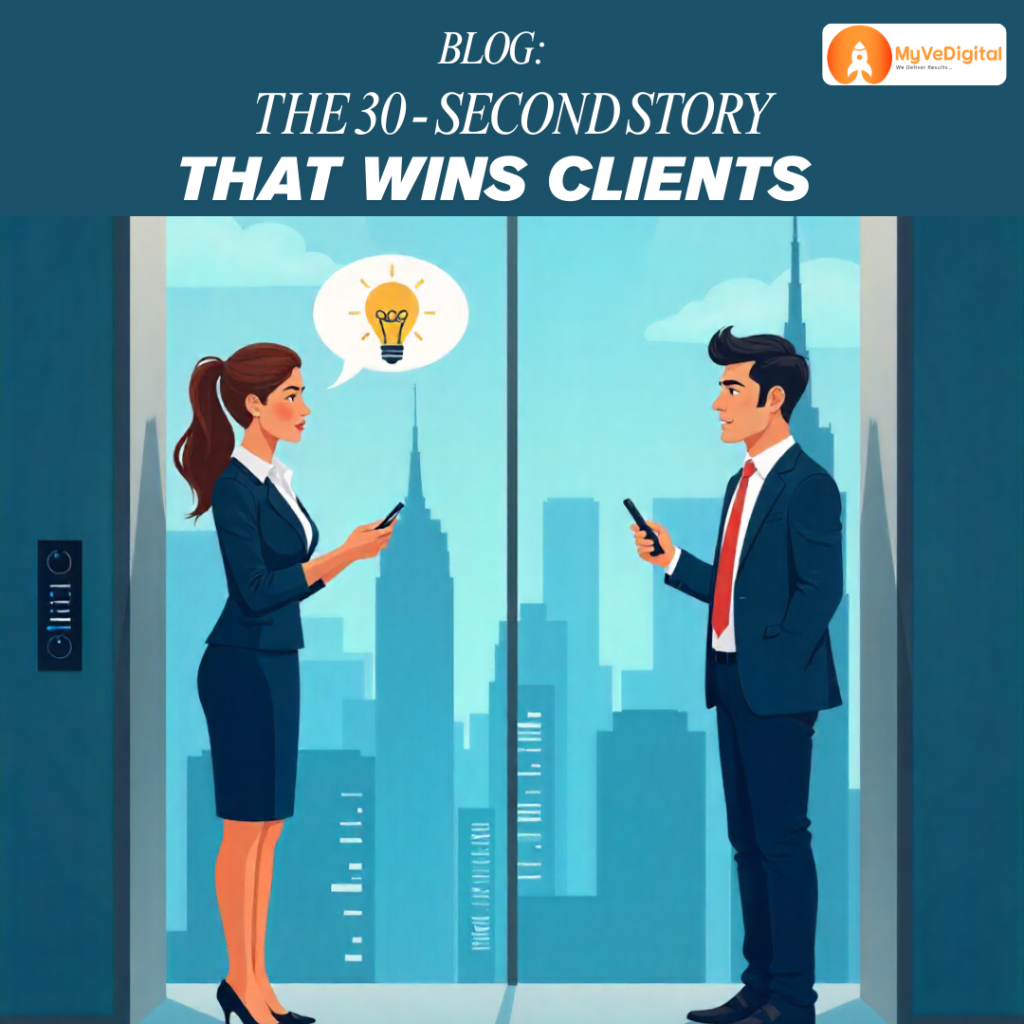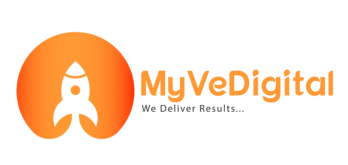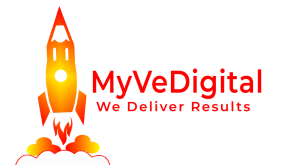
No Leads, No Visibility? Learn How Content Marketing Fixes Both — Organically
Content marketing is the art and science of creating and sharing valuable content blogs, videos, podcasts, infographics, or even memes to attract and retain an audience.
- In short: “It’s helping your audience before selling to them.”
- Instead of shouting your message like a billboard, you answer the questions your audience is already asking. This approach is part of what we call inbound marketing where people seek you out because of the value you provide.
- Think about it. You searched for “what is content marketing” and found this blog. That’s inbound in action and it works better than any pushy advertisement could.
Why Content Marketing Matters More Than Ever
Let’s face it — traditional advertising (also called outbound marketing) doesn’t work like it used to.
TV ads are skipped. Pop-ups are blocked. Cold emails go unread.
- The world has shifted from interruption to attraction. Today’s consumer doesn’t want to be sold — they want to be educated and entertained.
- That’s where content marketing wins.
IT:
- Builds brand awareness in an organic, trust-based way
Improves engagement across digital touchpoints - Strengthens customer loyalty through ongoing value
- Drives sales by positioning your brand as the helpful expert
In short, great content is your best salesperson – available 24/7, educating and convincing even when you’re asleep.
Outbound vs. Inbound Marketing: The Big Shift
Before content marketing, there was only outbound — the kind that interrupted your favorite TV show or filled your magazine with ads you didn’t ask for.
- Outbound was like that one loud kid in class — trying to get attention but rarely remembered for the right reasons.
- Then the internet changed everything. With streaming, ad blockers, and millions of personalized media channels, audiences gained control. They started choosing what to watch, read, and engage with on their own terms.
- That’s how inbound marketing was born.
- Inbound marketing is permission-based – your audience discovers your content, finds it valuable, and then decides to connect.
- It’s quieter, smarter, and far more effective.
Real-World Examples of Brilliant Content Marketing
Let’s look at a few brands that turned simple ideas into powerful content movements:
- BarkPost by BarkBox
A blog full of funny, useful, and heartwarming dog stories that attract pet lovers — who eventually explore BarkBox’s products. - GE’s “Instawalk” Campaign
General Electric invited Instagram photographers to capture their massive machinery. The result? Millions of people engaged with engineering marvels without feeling marketed to. - Nike Training Club App
A free app with workout plans, nutrition advice, and trainer tips. Nike doesn’t directly sell to help users build habits. And in the process, they build lifelong brand loyalty. - Umpqua Bank’s Podcast
Their podcast shares inspiring entrepreneur stories, turning a traditional bank into a community focused mentor.
Each of these examples has one thing in common — value first, product later.
How to Build a Content Marketing Strategy (Step-by-Step)
If you’re serious about turning your content into customers, here’s a framework that works especially for small businesses and B2B brands.
Step 1: Define Your Goals
Decide what you want to achieve: brand awareness, lead generation, or client retention.
Step 2: Know Your Audience
Create detailed buyer personas. What do they read, watch, or search for? What problems can you solve for them?
Step 3: Choose Your Channels
Select where your audience spends time. For B2B, it’s usually LinkedIn and Email. For local businesses, Google Business and WhatsApp are goldmines.
Step 4: Create Valuable Content
Teach, inform, or entertain. Don’t hard-sell.
“The best content helps before it sells.”
Step 5: Stay Consistent
Don’t publish one blog and disappear. Regularity matters more than perfection. Update old posts, repurpose videos, and stay active.
Step 6: Measure and Improve
Check your analytics monthly or quarterly. Which topics perform best? Which channels drive inquiries? Double down on what works.
Common Mistakes to Avoid in Content Marketing
Even the best marketers make these classic errors:
- Treating social media like outbound advertising — posting without context or value.
- Inconsistency — starting strong, then abandoning content after a few months.
- Targeting everyone — lack of focus kills engagement.
- Ignoring measurement — not tracking traffic, conversions, or ROI.
Remember:
“The internet’s graveyard is full of abandoned blogs that ran out of motivation.”
Commit for the long term — even one great blog a month compounds results over time.
How to Measure Success in Content Marketing
To prove content ROI, track key performance indicators (KPIs) across three stages:
- Awareness Metrics – Impressions, clicks, followers, website visitors
2. Engagement Metrics – Time on page, comments, shares, saves
3. Conversion Metrics – Leads generated, form submissions, demo requests
At MyVeDigital, every campaign ties content to an outcome whether that’s a meeting booked, a call scheduled, or a product inquiry. Because visibility without action is just noise.
How MyVeDigital Helps You Succeed with Content Marketing
- At MyVeDigital, we help brands create, distribute, and systemize content that converts.
- Our process combines LinkedIn marketing, SEO content, email nurturing, and brand storytelling to position your business as an authority in your niche.
Here’s what we bring to the table:
- Content Strategy Workshops: Define your message, audience, and formats.
- LinkedIn Optimization: Build credibility with profile redesign, posts, and outreach.
- Blog & Copywriting: SEO-driven blogs that attract traffic and leads.
- Email & WhatsApp Automation: Smart follow-ups that convert interest into meetings.
- Performance Dashboards: Measure what matters — visibility, engagement, and ROI.
Whether you’re a manufacturer, IT service provider, or consultant, our team tailors strategies that attract leads organically — no ads required.
Key Takeaways: The Truth About Content Marketing
- Content marketing is not about selling — it’s about solving.
- Consistency beats creativity — even small, regular content builds massive visibility.
- Inbound wins over outbound — people trust what they choose, not what’s forced on them.
- Storytelling builds brands — facts tell, but stories sell.
- You don’t need big budgets — you need the right system.
Conclusion
Content marketing isn’t a trend, it’s a trust engine.
Every blog, post, or video you publish is a bridge between your brand and your audience’s next decision.
The real magic?
When your audience starts saying, “I keep seeing your posts everywhere and they actually help.”
That’s when marketing stops being marketing and becomes momentum.
So if you’re ready to turn your knowledge into visibility and your content into clients, let’s build your brand the MyVeDigital way.
📞 Book a Free Discovery Call
👉 www.myvedigital.com


